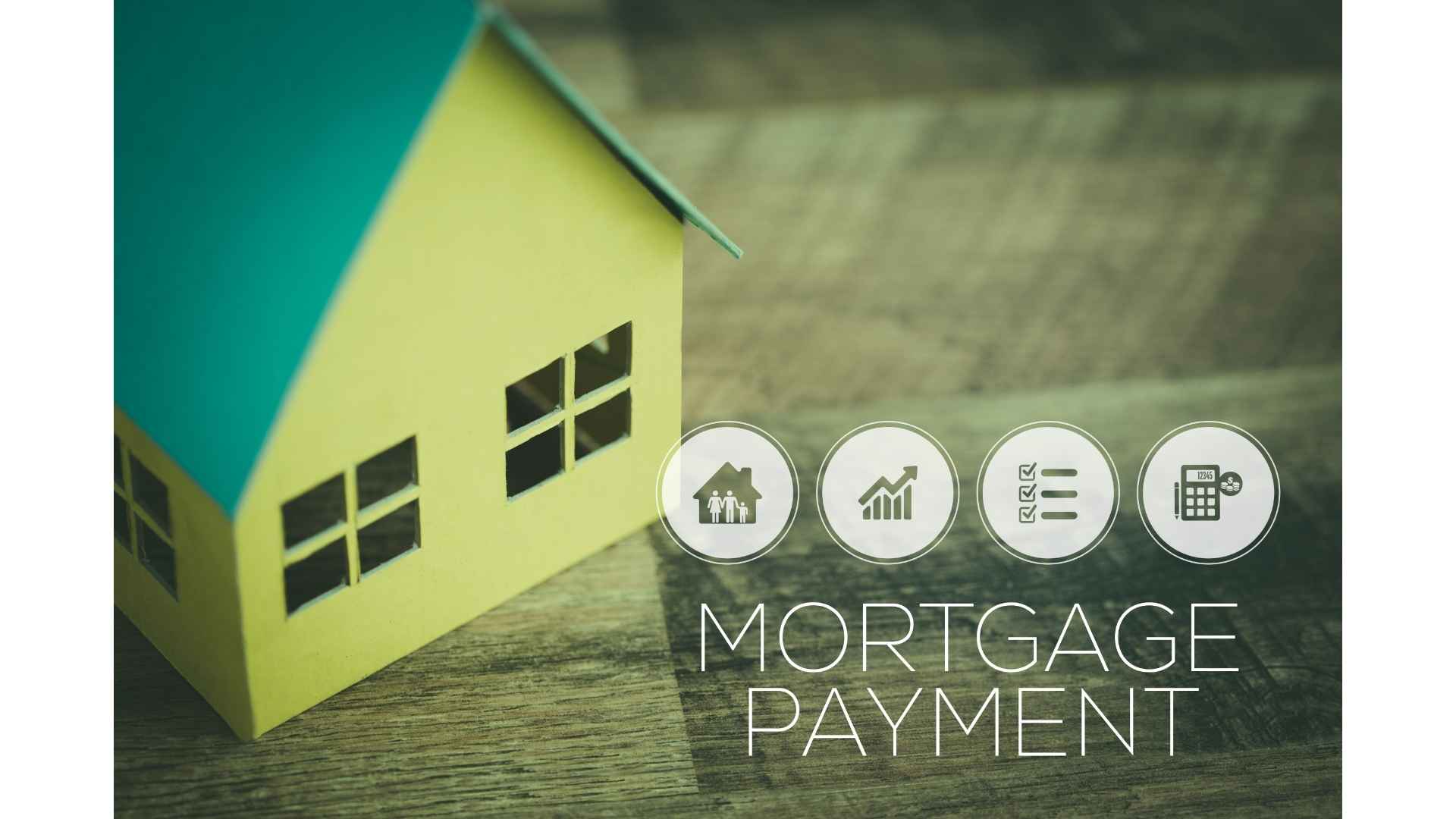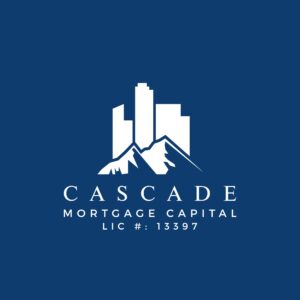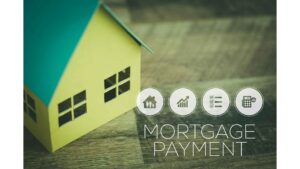Home buying is such an exciting experience, although it can be somewhat overwhelming, especially if you’re a first-time home buyer. Where do you even start… down payments, square footage, bedrooms, bathrooms, mortgage pre-approval. So much to think about. Rest easy, the first step was coming here. This is your comprehensive Home Buying 101 guide to each step in the process.
From mortgage pre-approvals to closing costs, we’ll go over everything in between to ensure you’ve got the tools and knowledge to make an informed decision.
What it’s all about
- There are a variety of financial relief programs available to assist first-time home buyers with their down payment and closing costs
- Your total housing costs and outstanding debt are key variables for mortgage lenders in determining housing affordability
- Buyers need to budget for closing costs because they need to be paid at closing and you are not able to add them to the mortgage amount
Understanding Affordability
The first step is deciding whether or not it is time to buy a home. The crucial second step is to figure out what you can afford, this is achieved with a mortgage pre-approval to determine what you can pay for a house, and the approximate mortgage payment. Mortgage affordability is determined by assessing your gross income, monthly expenses and the expenses that go along with home ownership. This is the foundation of your home purchase as it clearly outlines the maximum you can afford to spend on mortgage payments each month.
A simple way to assess how much you can comfortably afford in mortgage payments is to use Cascade Mortgage Capital’s Mortgage Calculator you also need to determine the maximum amount of mortgage you qualify for by contacting Cascade Mortgage Capital.
Pro Tip
Avoid making large purchases in the period leading up to your home purchase or during the home buying process. This increases your debt levels and likely reduces what you can afford to spend on your mortgage payments. As nice as a new car can be, buying one during your home buying process means you now can afford less house.
Lenders will take a close look at your housing costs as well as your outstanding debt, if any exists. There are a variety of costs associated with housing, and they can add up fairly quickly. These range from property taxes, insurance, heat, hydro, maintenance, the down payment, among other miscellaneous expenses. Lenders will use what is referred to as Debt Service Ratios to assess the amount that they are willing to lend you.
Gross Debt Service (GDS) ratio refers to the percentage of your gross annual household income that you will need to own your home. Remember, gross is all the income your household earns in a year before taxes. Lenders will estimate the annual mortgage payments, property taxes, heating costs and a percentage of any applicable condo fees to assess against. For example, if your household’s gross annual income is $100,000 and if it costs $40,000 a year to own the home based on the previously mentioned expenses, you would have a 40% GDS.
Total Debt Service (TDS) ratio refers to the percentage of your household’s gross annual income required to own your home, as well as all the other debts and loans you may have. Essentially, this is your GDS, plus any other monthly payments you have, such as credit card debt, student loans, or car payments etc. Going back to our previous example, we understand that the GDS is 40%, now let’s add other debts. Assume now that you also have $5,000 a year in student loan expenses and $4,000 a year in car payments, with no other outstanding debts. Based on these numbers you have $100,000 in gross annual household income, with $49,000 in annual expenses. This equals a 49% TDS.
A key thing to keep in mind throughout the home buying process is to avoid making any major purchases before the home buying process or during the home buying process. This will raise your debt levels and will have a direct impact on how much you can afford to spend on your mortgage payments. There may also be credit checks required for this purchase which could adversely affect your credit score.
If your down payment is less than 20% you are required to get mortgage default insurance. Lenders have specific GDS/TDS ratio guidelines. Canada Mortgage and Housing Corporation (CMHC), Genworth Financial and Canada Guaranty mortgage default insurance requires borrowers to have a GDS up to 39% and a TDS up to 44%. At least one borrower (or guarantor) must have a credit score that is 600 or higher at the time of the request for insurance. CMHC will consider the overall strength of the mortgage loan insurance application, including alternative methods of establishing creditworthiness for borrowers without a credit history. (Last updated July 5, 2021)
Mortgage default insurance allows buyers the flexibility of putting smaller down payments on the home they are buying. In Canada, the minimum down payment is 5% of the purchase price for a home valued at $500,000 or less and 10% for the portion that exceeds $500,000. For example, the minimum downpayment on a $1,000,000 purchase is $25,000 on the first $500,000 and $50,000 on the second $500,000, bringing the total downpayment to $75,000.
Getting a mortgage
Now that we understand home affordability it’s time to consider your mortgage. As we discussed above, the wise decision is to seek out a pre-approval with Cascade Mortgage Capital so that you can shop with confidence. Prospective lenders will look at a variety of factors before deciding on the amount they’re willing to lend you, things to take into account are your employment, income, assets, debts and credit score.
Choosing the Mortgage Rate for you
Interest rates are a significant part of selecting a mortgage, however it is not the only factor to consider. The lowest rate isn’t always the best choice, it may be more beneficial for you to have flexibility. In some cases, you may be buying a property to get into the market with intentions of selling it in a couple of years to move into something more fitting to your needs. If you commit to the low rate you may not be able to break the mortgage without paying a penalty, in this example, the low rate may end up costing more as there could be a large penalty to pay for breaking the mortgage.
Some things to consider when selecting a mortgage are options to increase your mortgage payments or make lump-sum payments in order to help pay the mortgage down faster. You may think that this is not something you’ll want to do, but having the option is important. It is advisable to find out the amount you can prepay without any penalties from your lender.
In the event that you decide you want to move, you will need to consider what happens to your mortgage if the term is not up. In this scenario you will likely want to transfer the mortgage to your new home, this is referred to as a portable mortgage.
What to expect when closing the deal
Closing is the day you’ve been waiting for, all that hard work culminating in the purchase of the home you’ve been searching for, but first you must deal with the closing costs. Closing costs include a variety of different fees and charges related to the completion of your mortgage, this includes legal and administrative costs that cannot be rolled into the mortgage. A safe way to prepare for the closing costs would be to set aside 1% to 3% of the loan amount as a buffer. Closing costs typically vary from lawyer to lawyer and can incur additional costs depending on the purchase price of your home and if the lawyer has enough time to prepare the documents or if it is a rush file. It is always best to save more money than you need, any extra go towards furniture, decor, appliances, renovations or even the mortgage.
First-time home buyers
First-time home buyers have a variety of programs available to help offset the costs of buying a home as well as helping with the down payment. There are four key first-time home buyer programs that could help save you money.
The federal government offers a program to help with closing costs associated with your first home purchase. The first-time Home Buyers’ Tax Credit (HBTC) allows first-time buyers to claim $5,000 on their personal tax returns, this grants them a rebate of up to $750. In order to qualify for this tax credit, the application must be completed in the same year as the purchase of the home.
The first-time home buyers’ land transfer tax refund (LTTR) is a program that allows first-time home buyers to receive a refund of all or part of the Land Transfer Tax if eligible. Land Transfer Tax is paid to the province by the buyer of the property, in some cases it is also paid to the municipality, for example, Toronto charges a Land Transfer Tax. Ontario offers refunds to eligible first-time home buyers.
The federal government allows individual home buyers to withdraw up to $35,000 from their RRSPs tax and interest-free to buy or build a home through a program called the Home Buyer’s Plan (HBP). The home must be purchased or built for the individual themselves or for a person they are related to with a disability. If it is a couple, they are allowed to withdraw up to $70,000. If you have a disability or are helping a related person with a disability buy or build a home, you do not have to be a first-time home buyer to use the HBP, all other scenarios require you to be a first-time home buyer. If for the last four years you did not occupy a home that was owned by you, your current spouse or common-law partner then you are considered a first-time home buyer. The HBP withdrawal must be paid back within 15 years.
If you are purchasing a new build from a builder or custom-building a home then you may qualify for the New Housing Rebate (NHR). The NHR is a GST/HST rebate. The rebates vary from province to province, in Ontario the maximum is limited to $24,000 if the HST was paid on the land purchase and $16,080 if not. Whether or not HST was paid on the purchase of the land will impact the maximum NHR you receive for a custom-build by the owner.






